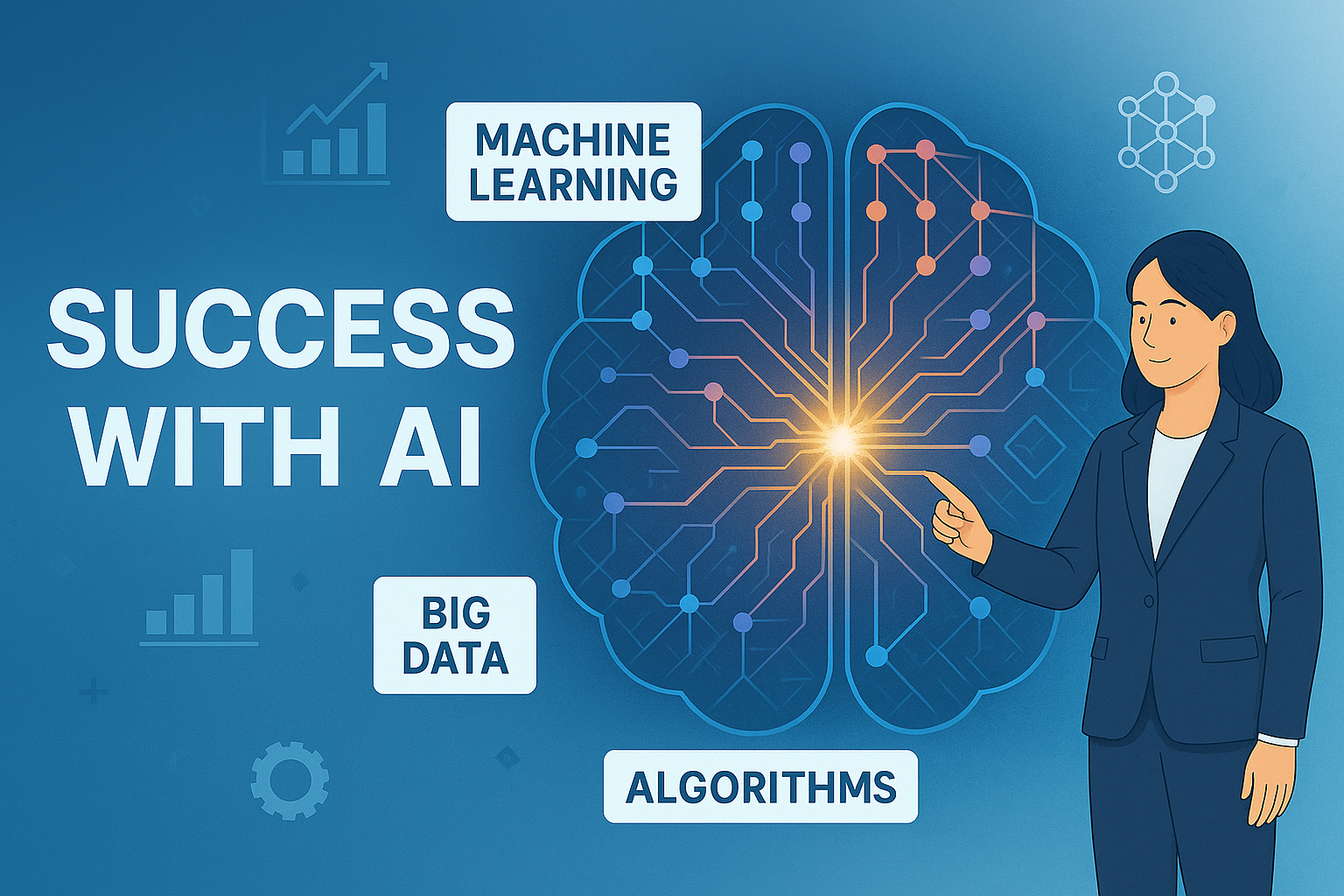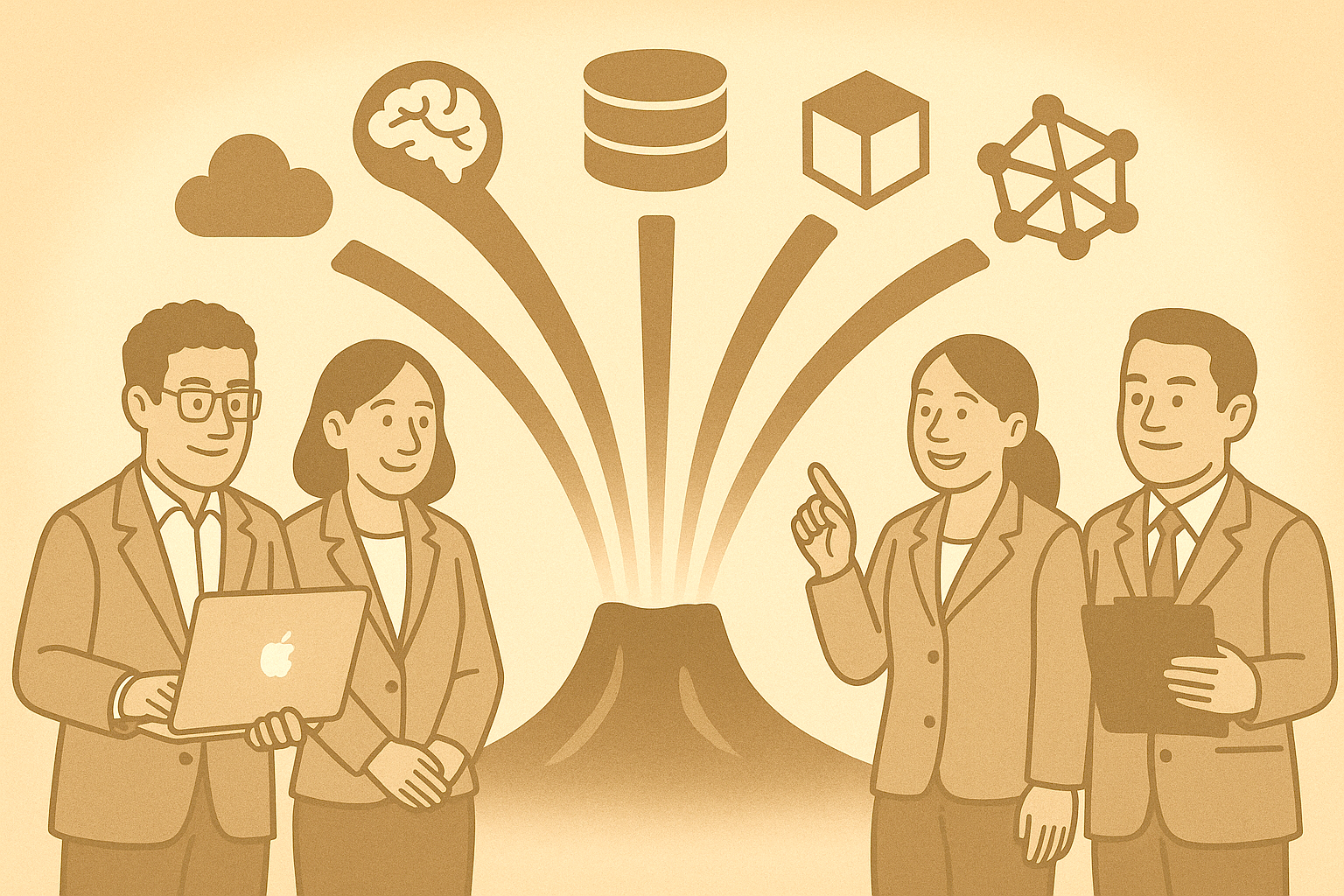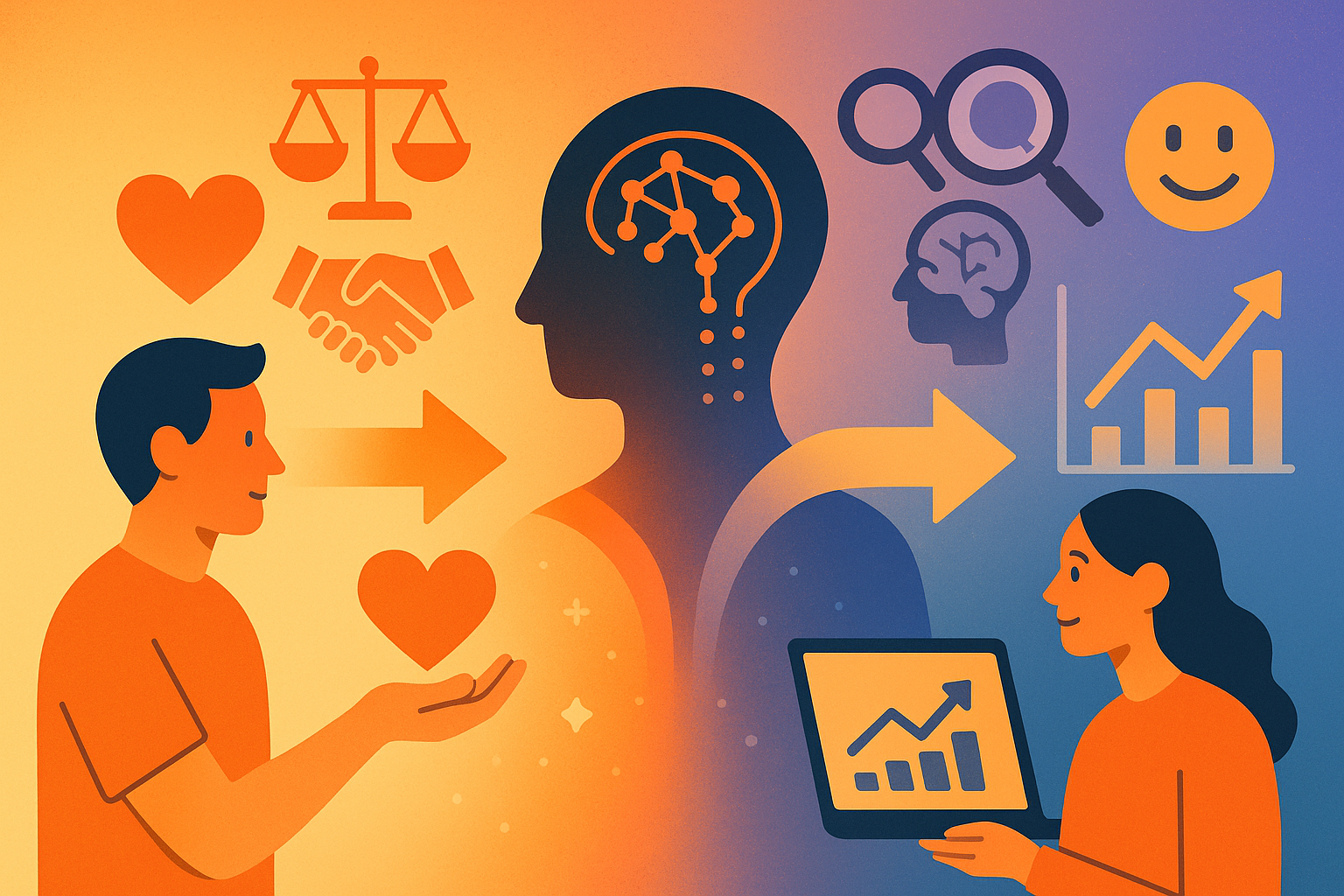Recent Publications
- Designing Heterogeneous LLM Agents for Financial Sentiment Analysis. ACM TMIS 16(1) pp 1-24, 2025.
- Happiness Prediction with Domain Knowledge Integration and Explanation Consistency. IEEE TCSS doi:10.1109/TCSS.2025.3529946, 2025.
- Financial Sentiment Analysis: Techniques and Applications. ACM Comp. Surv. 56(9) pp 1-42, 2024.
For a more complete list of publications, see [ Google Scholar ] or [ DBLP ].
Research Directions
My general research interests are AI, FinTech, digitalization, and I consult on these topics.
My working approach is to organize sprints and projects with my students and/or collaborators under these three umbrella directions that are meaningful both theoretically and practically: intelligent business systems and modeling, knowledge engineering, AI artifacts, and design science, and human-AI interaction.

Intelligent business systems and modeling
We live in a world where things are digitalizing, providing an unprecedented amount of information to support better decision-making, but at the same time posing challenges for effective utilization as traditional models overlooked such unstructured information. We develop models and methods that help gain business advantages by being more intelligent!
Case: digitalization of the modern portfolio theory (MPT)
- Financial sentiment analysis for monitoring public moods and discussions.
- Personalized risk profiling using social media data.

Knowledge engineering and design science
Information and knowledge are proprietary, hence its transformation creates value and is a cornerstone of digital economy. We create more than AI models and knowledge bases --- this part largely overlaps with computer science except in a more purposely motivated and controlled way --- but also frameworks, empirical rules, management tools, and regulatory implications.
AI artifacts: NEEQ business taxonomy, STFGAN, Dual-Graph NN, FinSenticNet, ESGSenticNet etc.
Framework: HAD (how to management algorithms), RAMAS etc.
Empirical rule: mk-NN (how to build neuro-symbolic systems) etc.

Understanding human-AI interaction
As we use more AI in our daily life, two research opportunities emerge: one (human->AI) is the pressing need to shape AI according to our social norms and values; another (AI->human) is using text analytics and beyond to see and study human behavior from new angles
Cases:
- Human-like stock market prediction.
- Understanding human happiness factors.
- Social effects of AI-generated-content.